The project focused on the transfer flow of players between leagues worldwide to determine the statistical thresholds that influence a hockey player’s career.
“Through this project we now have proven statistical models that can forecast or predict a player’s performance in the NHL based on their previous performance in the KHL, SHL and Liiga. This is extremely valuable to our NHL Draft eligible Clients overseas, as well as those currently playing in those leagues trying to make the jump to the NHL.” – Cliff Mander, Player Agent/CEO CKM Sports Management.
Findings: by Matthew Highland at the University of Texas Arlington
- SHL Forwards score more on average than KHL forwards and Liiga Forwards. SHL Forwards average 0.32 P/GP, while Liiga Forwards average 0.38P/GP
- SHL Defenders on average have the best +/- of the three defensive categories with a 5.31 +/- average, and KHL Defenders have the worst +/- on average with a -1.69 +/-
- SHL Defenders have on average the most amount of playing time in the NHL with 21.56 Shifts/GP, and Liiga Forwards see the least amount of playing time with 15.89 Shifts/GP
- Over the past 7 years (since 2010), SHL Forwards have been consistently performing better within the NHL than before that period
- SHL players who were born in Norway, Sweden, and Slovenia have performed better in the NHL than players who were born in other countries and played in the SHL before transitioning into the NHL
- A strong predictor for a KHL player’s success in the NHL is their birth country, their P/GP in the KHL, and their height
- Typically, those European Players drafted earlier in a draft, regardless of the year have a higher probability in being successful than those drafted later.In other words, NHL are doing a very good job
- Defensive Players from a European League have higher probability at being successful than a forward from a European League
- Out of the three leagues in the research, Liiga (Finland) provides the lowest number of successful players and SHL (Sweden) generates the highest number of successful NHL players
- Despite the range in R squared values, the models with the best success will be the SHL Forwards Model, and the All Leagues Model. They have an average Mean Standard Error in their predictions of 0.45 and 0.51 respectively
 *This is a ranking breakdown of the players who are most likely to be successful to least likely to succeed within the NHL from a former league; displaying positional basis and which categories had the best successful vs unsuccessful player ratio. This is based upon an index score that was created from the formula Index Score = (GP * P/GP) + (Plus/Minus)
*This is a ranking breakdown of the players who are most likely to be successful to least likely to succeed within the NHL from a former league; displaying positional basis and which categories had the best successful vs unsuccessful player ratio. This is based upon an index score that was created from the formula Index Score = (GP * P/GP) + (Plus/Minus)

Project Totals
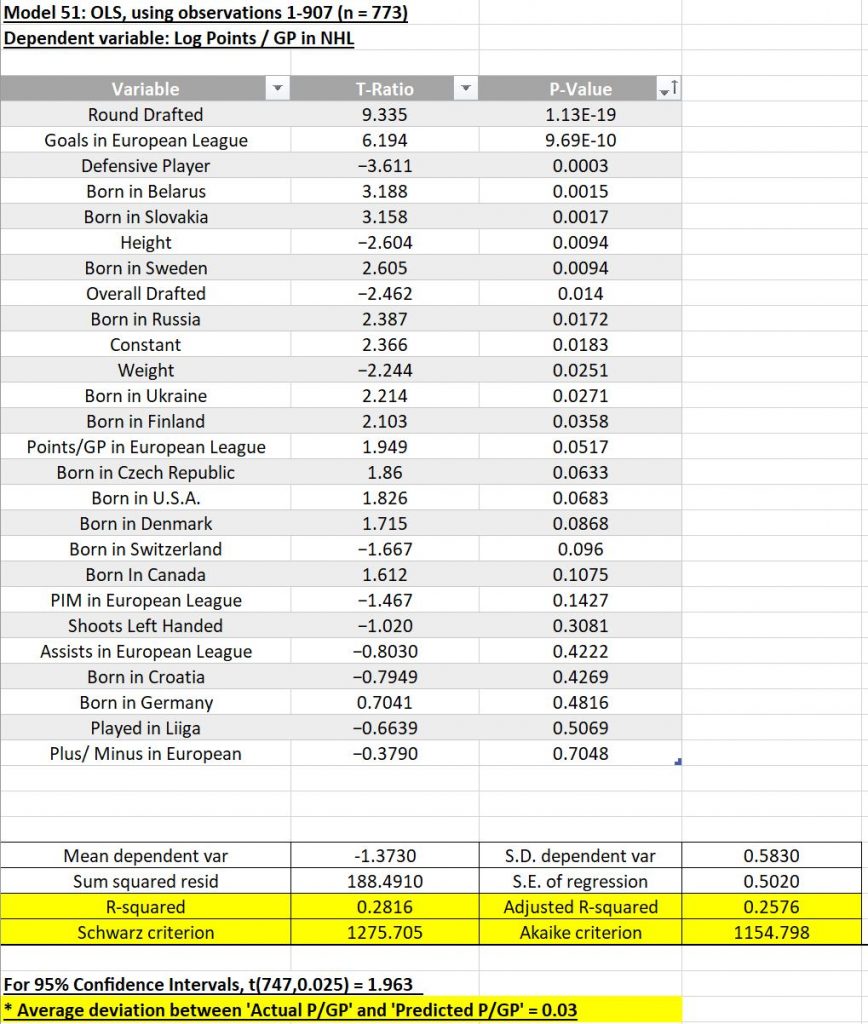
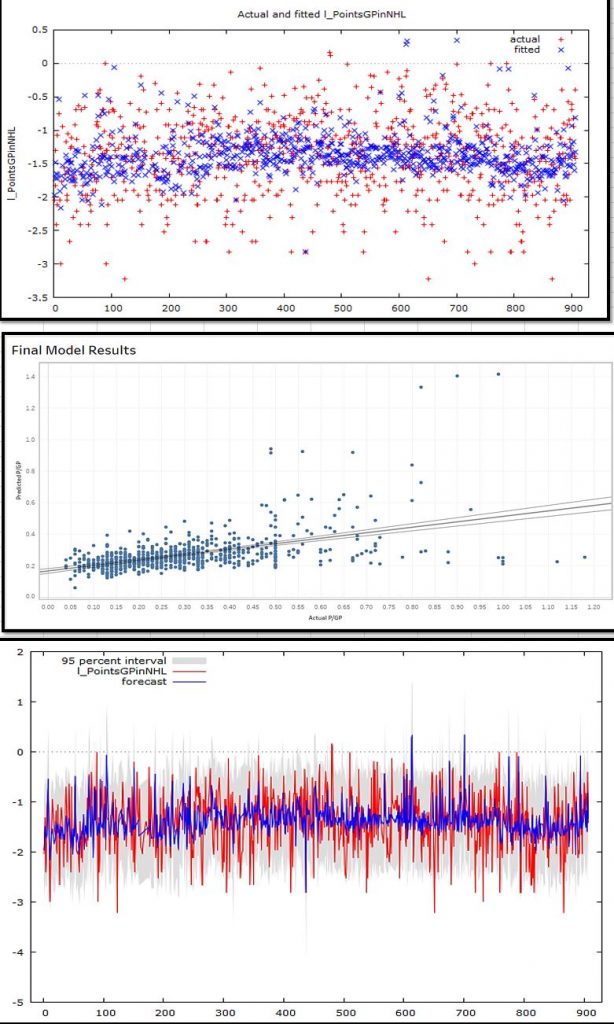
Swedish Defenceman

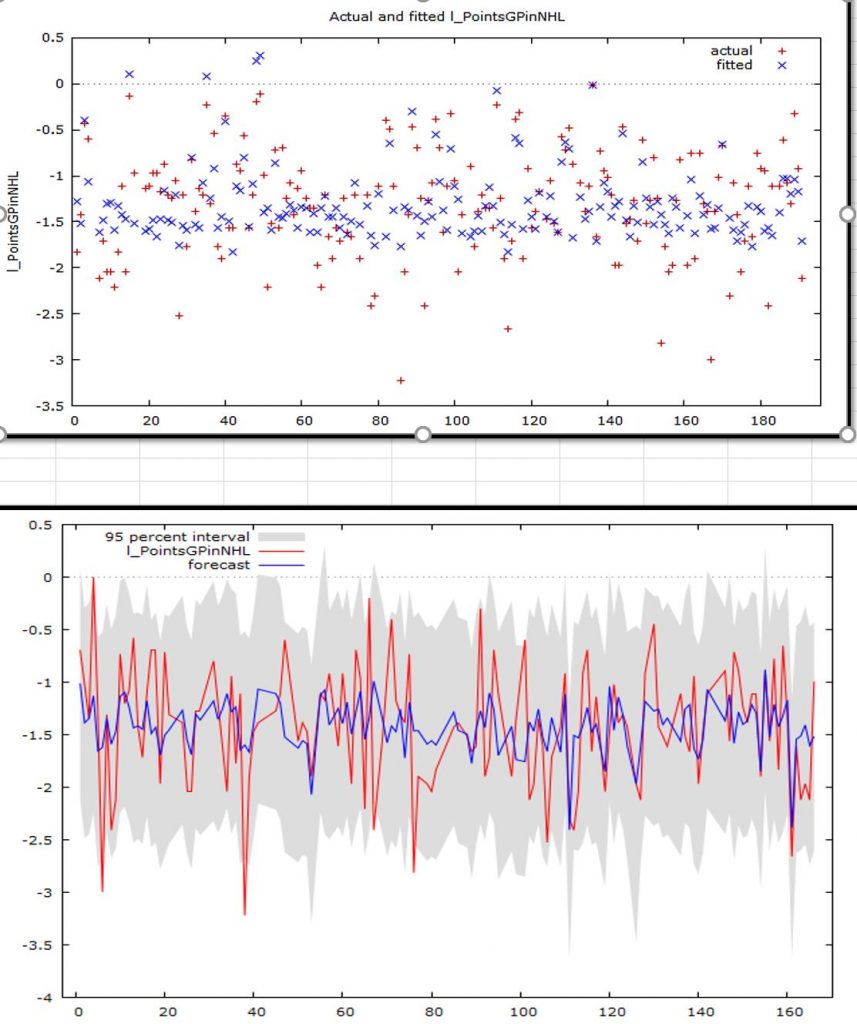
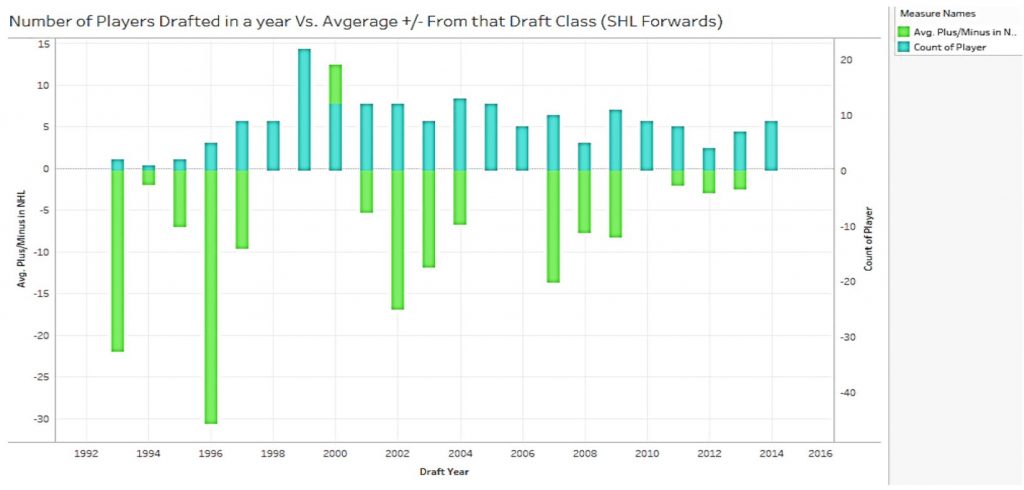

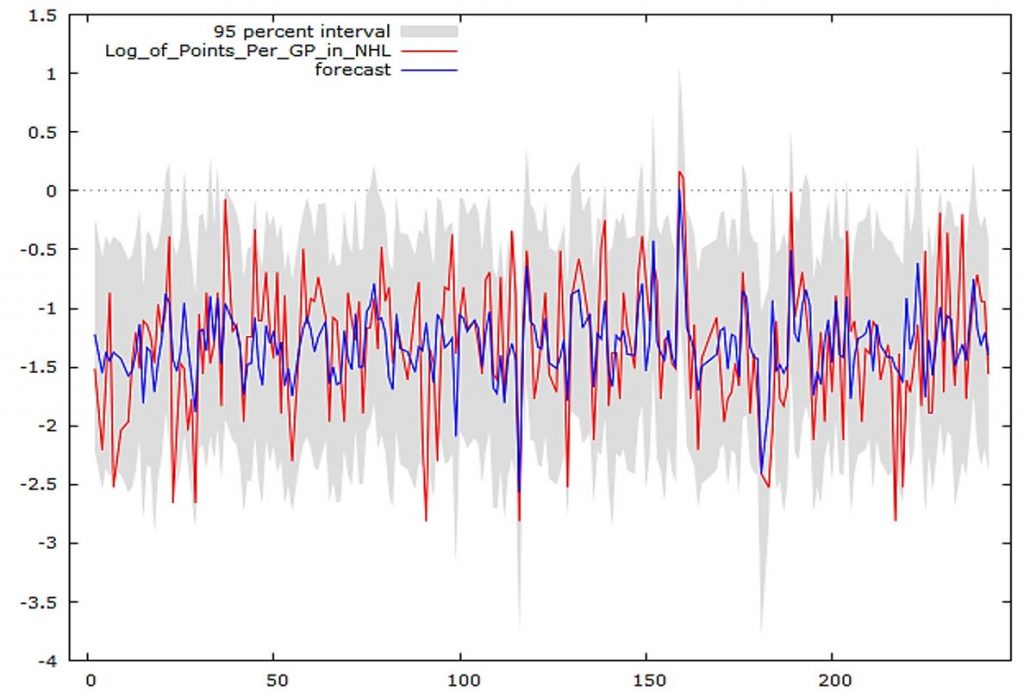
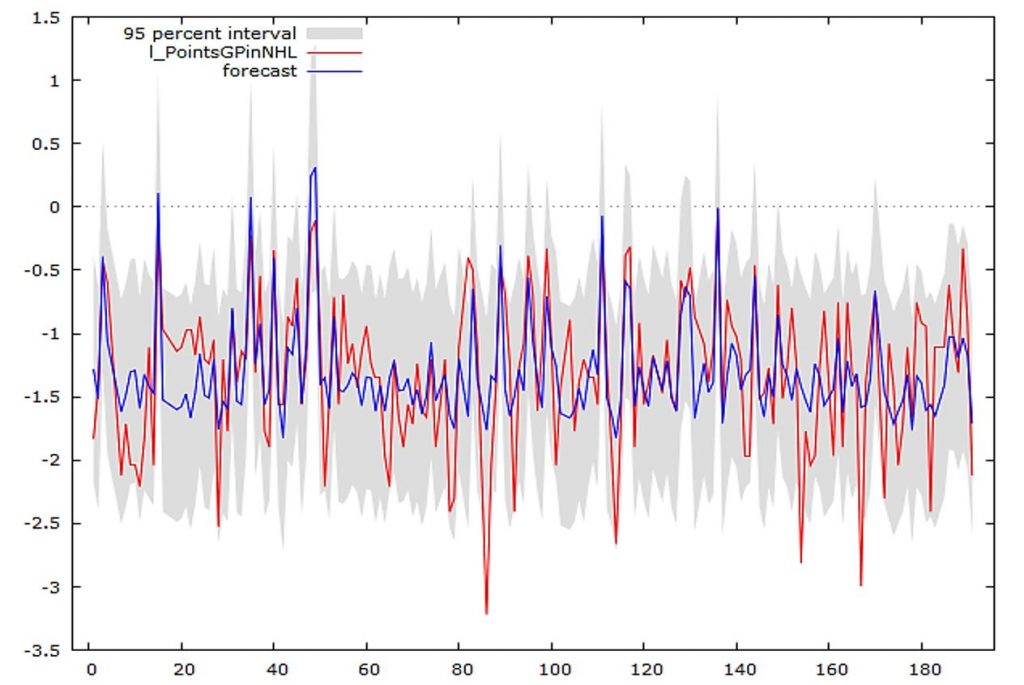
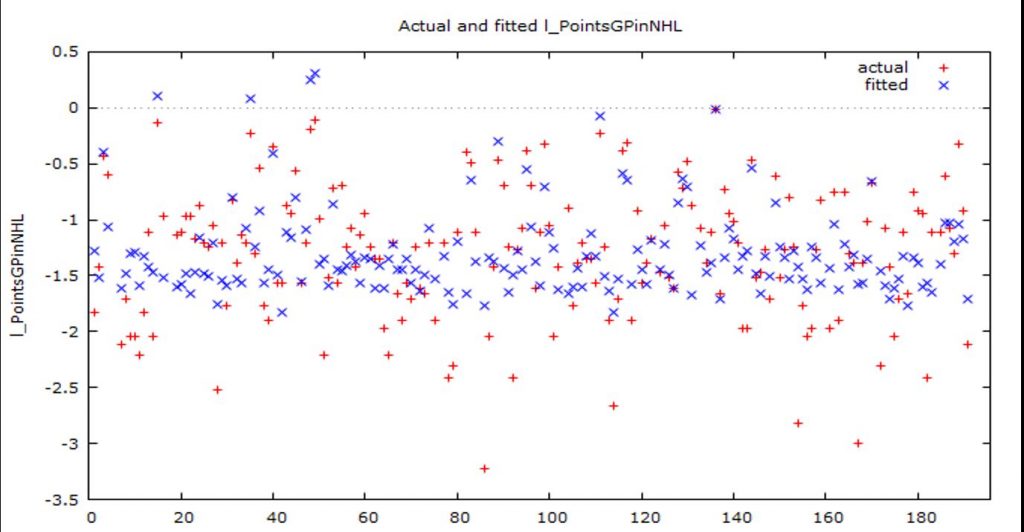
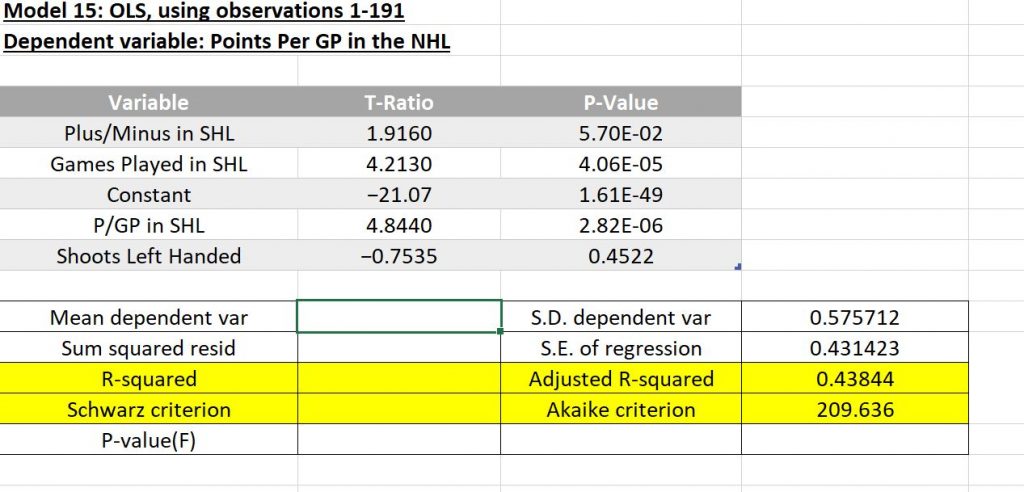
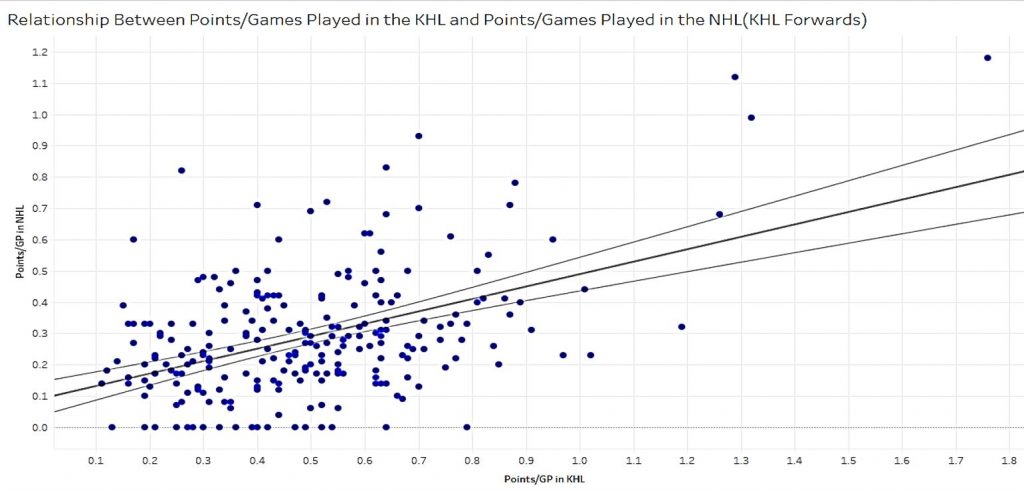

0 Comments
Leave A Comment